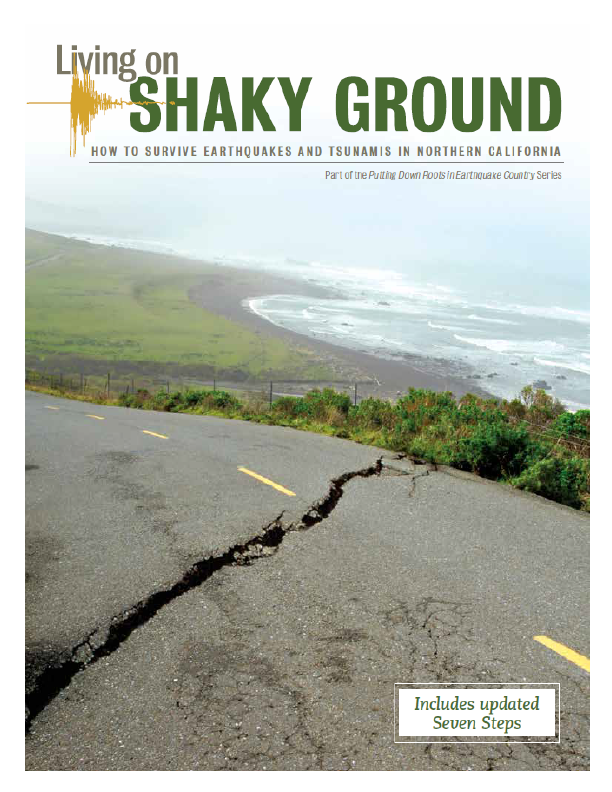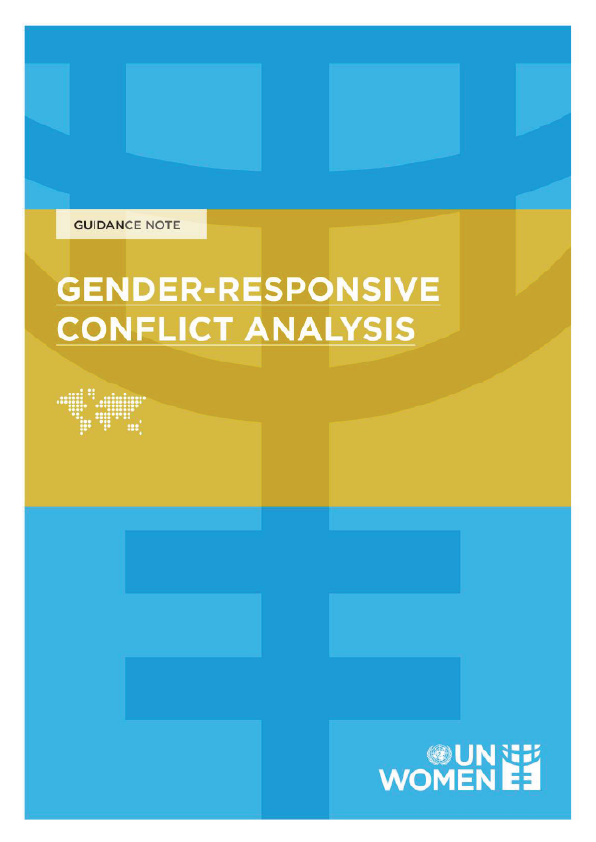Writing as Material Practice grapples with the issue of writing as a form of material culture in its ancient and more recent manifestations, and in the contexts of production and consumption. Fifteen case studies explore the artefactual nature of writing — the ways in which materials, techniques, colour, scale, orientation and visibility inform the creation of inscribed objects and spaces, as well as structure subsequent engagement, perception and meaning making. Covering a temporal span of some 5000 years, from c.3200 BCE to the present day, and ranging in spatial context from the Americas to the Near East, the chapters in this volume bring a variety of perspectives which contribute to both specific and broader questions of writing materialities. The authors also aim to place past graphical systems in their social contexts so they can be understood in relation to the people who created and attributed meaning to writing and associated symbolic modes through a diverse array of individual and wider social practices.
Abstract
In this chapter we introduce the topic of the materiality of writing and the approaches and methods needed to study writing from a material perspective. Within this interpretive theme analysis concentrates not on the linguistic and semantic meanings of ‘texts’ but on their physicality and how this relates to creators and users. We also introduce the individual chapters of the book, which cover a chronological span from c.3200 bce to the present day and a geographical range from the Americas to the Near East and Europe. We end with a brief survey of research on writing as material practice and set out the role that we hope the present volume will play in developing this exciting new research theme.
Scope and Impetus
This book grapples with the issue of writing and related graphical modes as forms of material culture. The diverse case studies are unified and underpinned by the notion that writing is fundamentally material — that it is preceded by and constituted through the material practices of human practitioners. From this vantage point, understandings of things that are written must therefore go beyond study of textual meanings and take account of the material worlds in which writing is inextricably embedded. In aligning along this common theme, analytical and interpretive priority is given, not to the linguistic and semantic meanings of graphical marks, but to their physicality and the ways in which this relates to creators and users. Covering a temporal span of some 5000 years, from c.3200 bce to the present day, and ranging in spatial context from the Americas to the Near East, the papers bring a variety of perspectives which contribute to both specific and broader questions of writing, its meaning and significance. As such, these case studies also contribute to an emerging discourse (below) on ‘writing’ and ‘materiality’. They also contribute to the development of contextualising paradigms equipped to cope with the complexities of graphical cultures in relation to the people who created and attributed meaning to them through a diverse array of individual and wider social practices. While an increasing emphasis on materiality has characterised many fields of archaeological research over the last 20 years, studies of writing have lagged behind in this respect. The main reason is a long established and difficult-to-shift disciplinary division between archaeology and philology, in which the philologists — often brought in by archaeologists as technical experts whose interpretations are hard to challenge — have had the upper hand. This has led to an emphasis on the content of inscriptions and other writing, concentrating on languages, scripts and the semantic meanings of texts.











